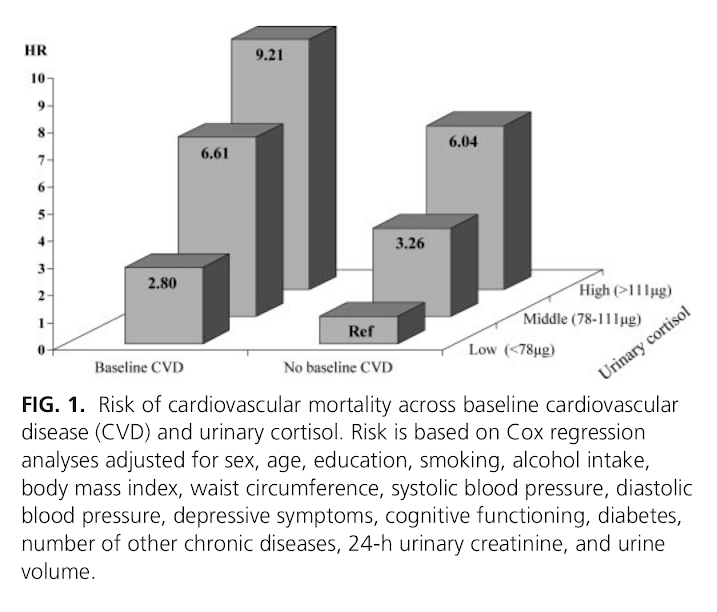“Adolescence can be a very challenging time, especially when it comes to building relationships, fitting in with peers, and navigating complex social environments,” says Courtney Weiner, Ph.D., a child psychologist and therapist at COTTAGe. “For shy teens, these challenges are even greater. We have found that creating a safe, supportive environment to discuss these difficulties with other teens is a critical part of the therapeutic process.”
The Child & Adolescent OCD, Tic, Trich, and Anxiety Group (COTTAGe) at the University of Pennsylvania is a specialty clinic in the Department of Psychiatry at the University of Pennsylvania. Staff members have expertise in the treatment of anxiety and related disorders including:
- Obsessive-Compulsive Disorder
- Tic Disorders
- Trichotillomania
- Skin-Picking and other Body-Focused Repetitive Behaviors (BFRB's)
- Generalized Anxiety Disorder
- Separation Anxiety Disorder
- Panic Disorder/Agoraphobia
- Specific Phobias
- Post-Traumatic Stress Disorder
- Social Anxiety Disorder


